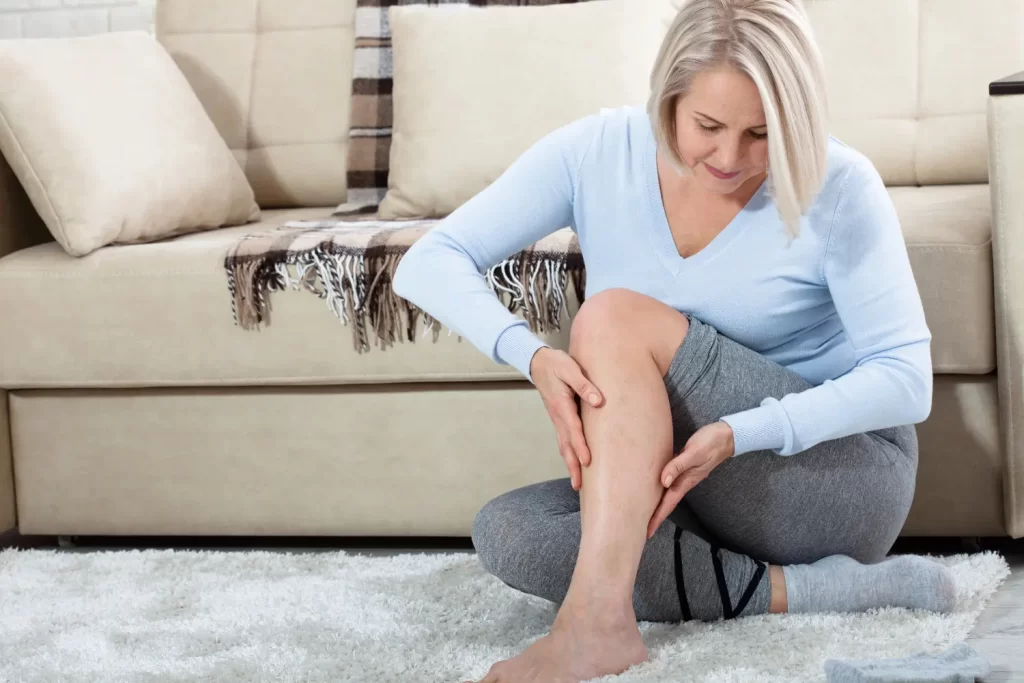
Are you experiencing joint pain during menopause? That can be extremely frustrating and disruptive to your daily life. Many menopausal women experience increased stiffness, inflammation, and discomfort in their joints.
For those who prefer to manage menopause symptoms naturally, there are plenty of holistic remedies that can provide relief without relying on medications. From dietary changes to herbal supplements and lifestyle adjustments, natural solutions can help restore mobility and comfort.
Many women are surprised when joint pain becomes a menopause symptom, but it’s actually quite common. The primary reason is the decline in estrogen, a hormone that plays a key role in maintaining joint health. Estrogen helps regulate inflammation and supports the production of collagen, which keeps joints flexible and cushioned. As estrogen levels drop, inflammation can increase, leading to stiffness, swelling, and discomfort.
Aging itself also contributes to joint pain. Over time, cartilage naturally wears down, and the body produces less synovial fluid—the lubricant that keeps joints moving smoothly. This combination of hormonal changes and aging makes menopause joint pain particularly noticeable, especially in weight-bearing joints like the knees, hips, and lower back.
Beyond hormonal shifts, lifestyle factors such as stress, poor diet, and lack of movement can make symptoms worse. Understanding the root cause of menopause joint pain is the first step in finding effective natural remedies for menopause joint pain that provide long-term relief.
What you eat plays a crucial role in managing menopause-related joint pain. By focusing on anti-inflammatory foods and avoiding dietary triggers, you can naturally support joint health and overall well-being.
Certain foods are rich in antioxidants, healthy fats, and essential nutrients that help reduce inflammation and promote joint mobility:
Dehydration can worsen joint stiffness, so drinking plenty of water is essential. Additionally, consuming collagen-rich foods like bone broth and vitamin C sources (citrus fruits, bell peppers) helps maintain cartilage and joint flexibility.
Some foods contribute to inflammation and should be minimized:
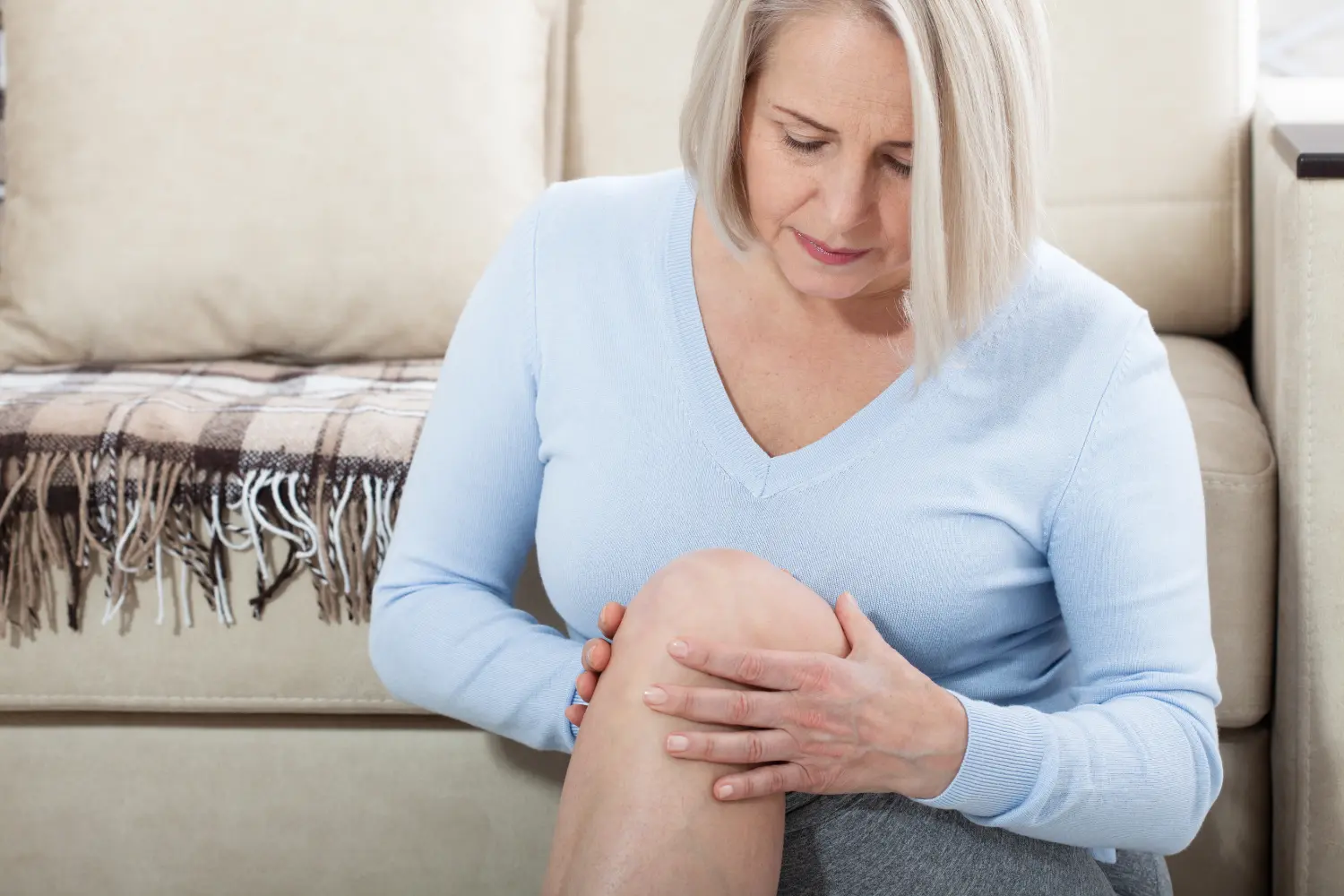
In addition to dietary changes, certain herbal supplements can provide effective, natural relief for menopause joint pain. These supplements help reduce inflammation, support hormonal balance, and improve joint mobility.
Turmeric is one of the most powerful natural remedies for menopause joint pain due to its anti-inflammatory properties. Curcumin, its active compound, helps reduce swelling and stiffness, making it an excellent alternative to over-the-counter pain relievers.
Boswellia is known for its ability to reduce joint stiffness and improve mobility. It works by blocking inflammatory enzymes, providing long-term relief without the side effects of traditional painkillers.
Rich in gamma-linolenic acid (GLA), evening primrose oil helps regulate hormones and ease inflammation, making it beneficial for both joint pain and other menopause symptoms like mood swings.
These supplements, when combined with a healthy diet and lifestyle, can naturally ease menopause joint pain.
Beyond diet and supplements, daily lifestyle choices play a crucial role in managing menopause joint pain. Incorporating movement, stress management, and quality sleep can significantly reduce discomfort and improve overall well-being.
Regular physical activity helps maintain joint flexibility and reduce stiffness without putting too much strain on the body. The best options include:
Daily stretching and mobility exercises improve circulation, prevent stiffness, and support joint function. Simple movements like leg swings, shoulder rolls, and dynamic stretching can keep joints limber.
Chronic stress increases inflammation, which can worsen joint pain. Effective stress management techniques include:
Quality sleep is essential for joint repair and inflammation control. To improve sleep, maintain a consistent sleep schedule, create a relaxing bedtime routine, and avoid caffeine and screen exposure before bed.
In addition to diet, supplements, and lifestyle changes, alternative therapies offer effective ways to manage menopause joint pain naturally. These methods focus on reducing inflammation, improving circulation, and promoting overall well-being.
Acupuncture, an ancient Chinese therapy, helps balance hormones and improve blood flow to joints. Research suggests it can:
Regular massage can ease joint pain by increasing circulation, which helps deliver nutrients to joints. Massage helps by relaxing tight muscles and improving flexibility. It also aids in reducing stress-related inflammation, a common trigger for joint discomfort.
Warm compresses, heating pads, or hot baths can soothe stiff joints and increase flexibility. Ice packs help reduce swelling and numb pain, especially after activity. Oils like lavender, eucalyptus, and ginger can be massaged into joints to provide anti-inflammatory benefits.
Menopause joint pain can be challenging, but natural remedies offer effective relief without relying on medication. By making the right dietary choices, incorporating herbal supplements, adopting joint-friendly lifestyle habits, and exploring alternative therapies, you can manage pain and improve overall well-being.
To recap, the best natural remedies for menopause joint pain include:
A holistic approach combining these remedies will provide long-term relief and support overall joint health. If you’re looking for a personalized plan, consider consulting a holistic health expert to tailor a strategy that works best for your needs.
Related Articles




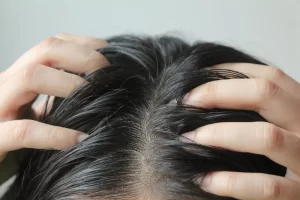
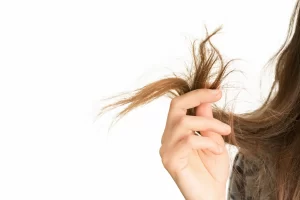


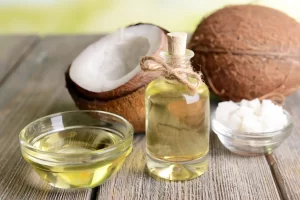
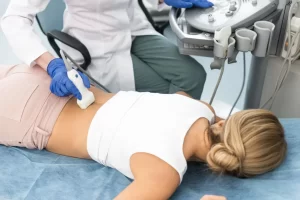
* These statements have not been evaluated by the Food and Drug Administration. This product is not intended to diagnose, treat, cure or prevent any disease.